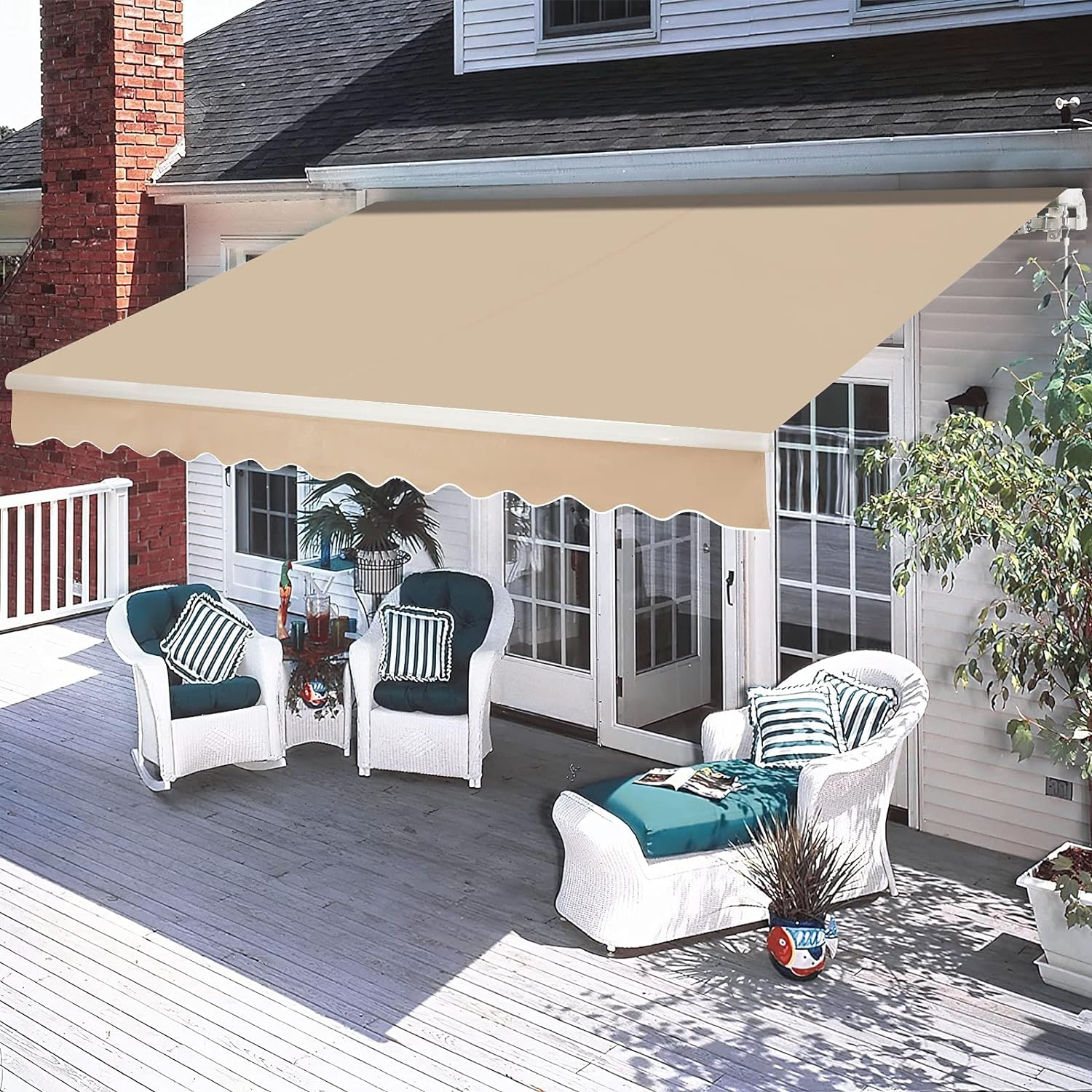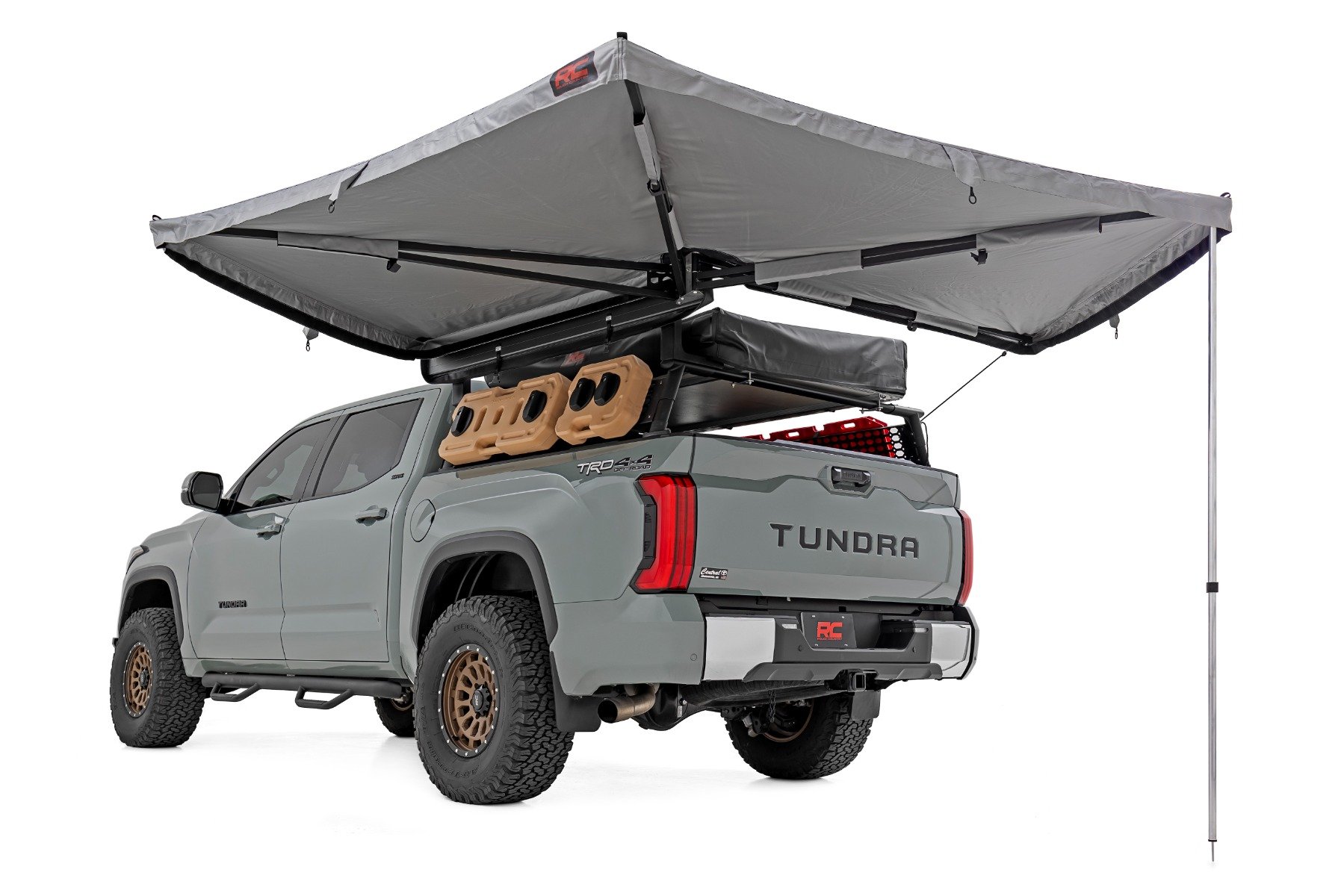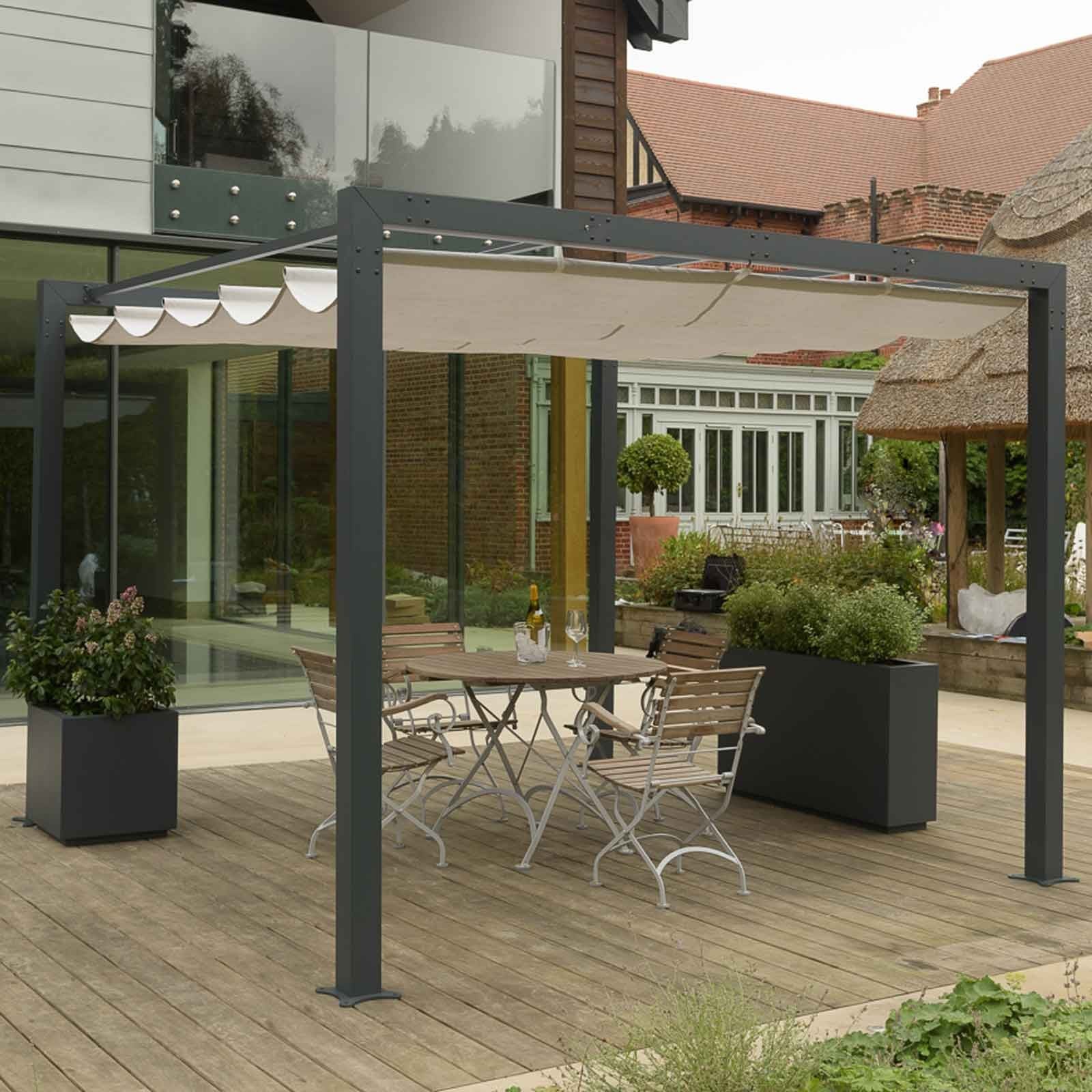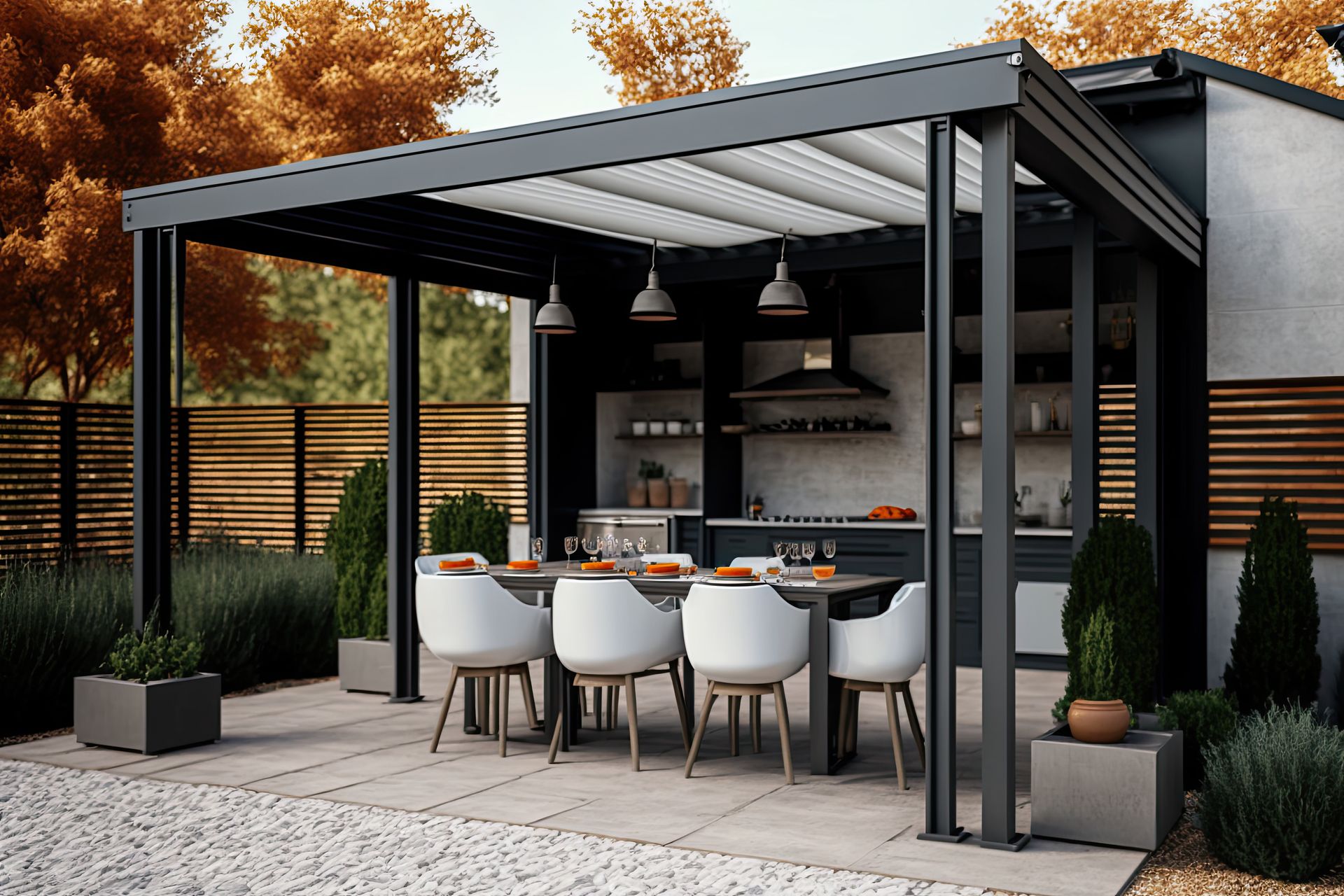Introduction to Window Types
Choosing the right type of window for your home can be a daunting task, given the myriad of options available. Among the popular choices are awning and casement windows, each with its unique features, advantages, and applications. Understanding the fundamental differences between these two window types is essential for making an informed decision that enhances both the aesthetics and functionality of your home. This article will delve into the characteristics of awning and casement windows, comparing their design, efficiency, ease of use, installation, and maintenance to help you determine which option best suits your needs.

Design and Aesthetics
Awning and casement windows differ significantly in their design and appearance, which can impact the overall look of your home. Awning windows are hinged at the top and open outward from the bottom, resembling an awning when open. This design allows them to provide excellent ventilation while preventing rain from entering, making them ideal for rainy climates. They typically have a more horizontal orientation, which can complement modern and contemporary architectural styles. On the other hand, casement windows are hinged at the side and swing outward like a door. This vertical orientation often makes them a better fit for traditional and classic home designs.
Ventilation and Airflow
One of the primary functions of any window is to facilitate ventilation and airflow within a home. Both awning and casement windows excel in this area but in slightly different ways. Awning windows, due to their top-hinged design, can remain open during light rain, allowing fresh air to flow in while keeping the interior dry. This feature makes them particularly useful in kitchens and bathrooms where ventilation is crucial for controlling humidity and odors. Casement windows, however, can be opened fully, providing maximum ventilation. Because they can catch and direct breezes into the home, casement windows are highly effective in enhancing natural ventilation. Their versatile opening mechanism allows for fine-tuning the amount of airflow, which can be particularly beneficial in living areas and bedrooms. W

Energy Efficiency
Energy efficiency is a critical consideration for homeowners looking to reduce their energy bills and environmental footprint. Both awning and casement windows can contribute to energy efficiency, but there are differences in their performance. Awning windows, when closed, create a tight seal because the sash presses against the frame, reducing the likelihood of air leakage. This tight seal can help maintain indoor temperatures, reducing the need for heating or cooling. Casement windows also offer excellent energy efficiency for similar reasons; their design allows the sash to press tightly against the frame when closed, ensuring minimal air infiltration. Moreover, casement windows can be fitted with energy-efficient glass and weather stripping, further enhancing their thermal performance.
Ease of Use and Accessibility
Ease of use and accessibility are important factors to consider, especially for homeowners with mobility issues or those who prioritize convenience. Awning windows are generally operated using a crank handle located at the bottom of the window, which can be easily reached and turned. This makes them relatively easy to open and close, though the top-hinged design might require reaching up to lock or unlock the window. Casement windows also use a crank handle, typically positioned at the side of the window frame. This placement can be more accessible for some users, as it does not require reaching upward. Additionally, casement windows can be opened more widely than awning windows, allowing easier access for cleaning and emergency exits.

Installation Considerations
The installation process for awning and casement windows can vary, with each type presenting unique challenges and requirements. Awning windows are often smaller and lighter, making them easier to handle and install, especially in high or hard-to-reach places such as over sinks or counters. Their compact size also allows for more flexibility in placement, which can be advantageous in spaces where wall area is limited. Casement windows, being larger and heavier, may require more effort and precision during installation. Ensuring a proper seal around the frame is crucial to prevent air and water leaks, which might involve more complex sealing techniques and materials. Additionally, the outward-swinging design of casement windows necessitates careful consideration of exterior space to avoid obstructions.
Maintenance and Durability
The long-term durability and maintenance requirements of awning and casement windows are important factors to consider for homeowners seeking low-maintenance solutions. Awning windows, with their simpler design and fewer moving parts, tend to require less maintenance. The top-hinged mechanism is generally robust and less prone to wear and tear. Cleaning awning windows can be relatively easy, though accessing the exterior side may be challenging if the window is installed in a high or difficult-to-reach location. Casement windows, while also durable, have more moving parts and hardware that require regular upkeep. The side-hinged mechanism and crank handle should be lubricated periodically to ensure smooth operation. Cleaning casement windows is often more straightforward because they can be opened fully, allowing access to both sides of the glass.

Weather Resistance
Weather resistance is a critical factor, especially for homes located in areas prone to extreme weather conditions. Awning windows are designed to provide excellent protection against rain, thanks to their top-hinged configuration. When open, the sash creates a shield that deflects rainwater, making them suitable for areas that experience frequent showers. This design also minimizes drafts, contributing to a more comfortable indoor environment. Casement windows, with their side-hinged design, offer robust resistance to wind and rain when closed. The tight seal created by the sash pressing against the frame helps prevent water and air infiltration, which is particularly beneficial in windy or storm-prone regions.
Cost and Value
The cost and value of awning and casement windows can influence your decision, particularly if you are working within a budget. Awning windows, being generally smaller and simpler in design, tend to be more affordable upfront. Their installation costs are also typically lower due to the ease of handling and fitting. However, the overall value should be considered in terms of longevity, maintenance, and energy efficiency. Casement windows, while potentially more expensive initially, offer significant benefits that can justify the higher cost. Their superior ventilation, larger viewing areas, and excellent energy efficiency can enhance the comfort and aesthetic appeal of your home, potentially increasing its market value. Additionally, the ease of cleaning and operation can be a valuable convenience over time.

Security Features
Security is a paramount concern for any homeowner, and the choice of window can play a significant role in ensuring the safety of your property. Awning windows, with their limited opening size, inherently offer a degree of security by making it difficult for intruders to gain entry. Additionally, they can be fitted with robust locking mechanisms and reinforced frames to enhance their security features. Casement windows, when properly locked, provide excellent security due to their tight seal and the difficulty of forcing them open from the outside. Many casement windows come equipped with multiple locking points, adding an extra layer of protection. However, their larger opening can pose a security risk if left unlocked or ajar.
Final Verdict: Which Is Better?
Determining whether awning or casement windows are better ultimately depends on your specific needs, preferences, and the unique characteristics of your home. Awning windows are an excellent choice for areas requiring reliable ventilation even during inclement weather, offering a compact design that fits well in modern settings. Their ease of installation and lower maintenance needs make them a practical option for many homeowners. Casement windows, with their superior ventilation, larger views, and robust energy efficiency, are ideal for living spaces where maximizing natural light and airflow is a priority. While they may involve a higher initial cost and more complex installation, the long-term benefits can make them a worthwhile investment.
